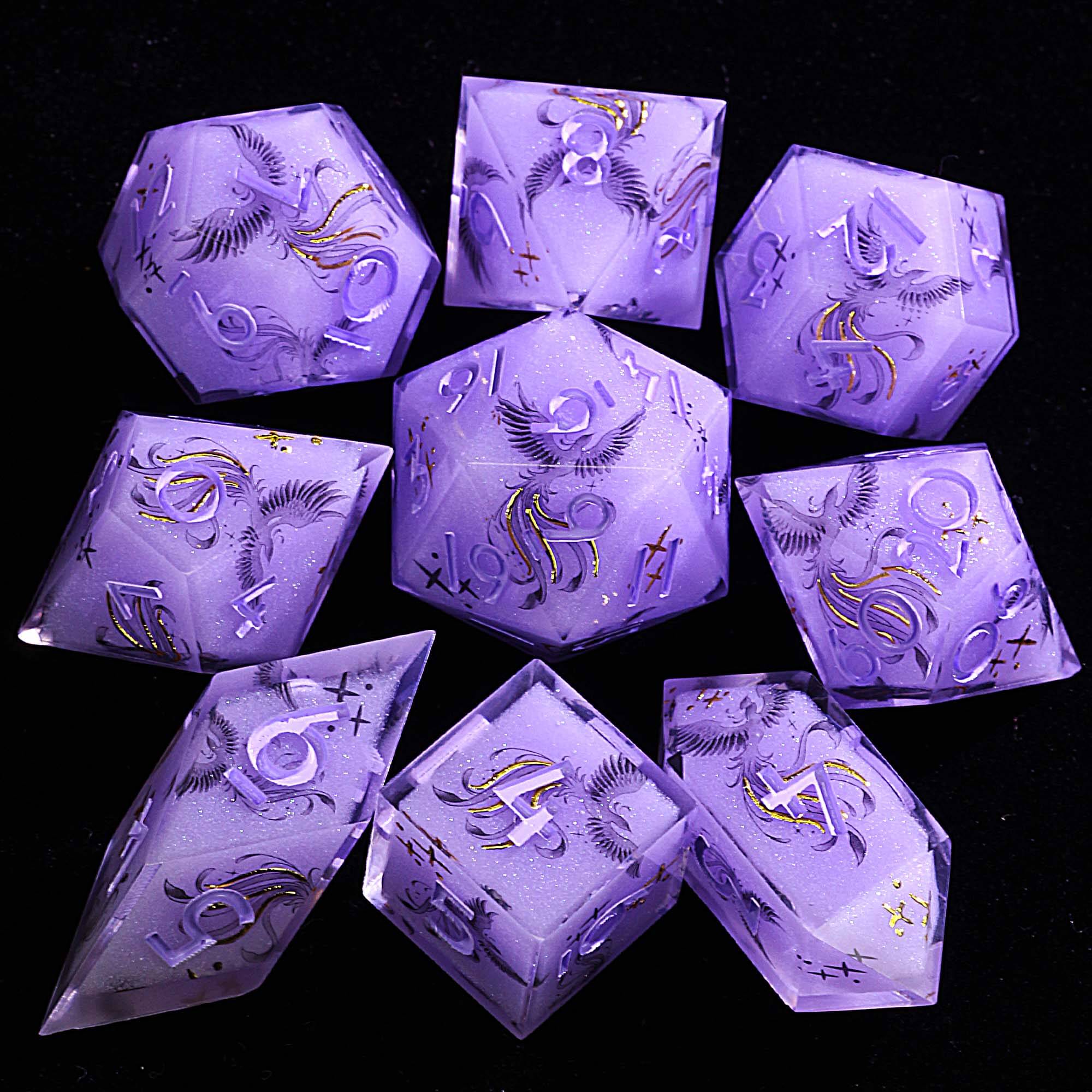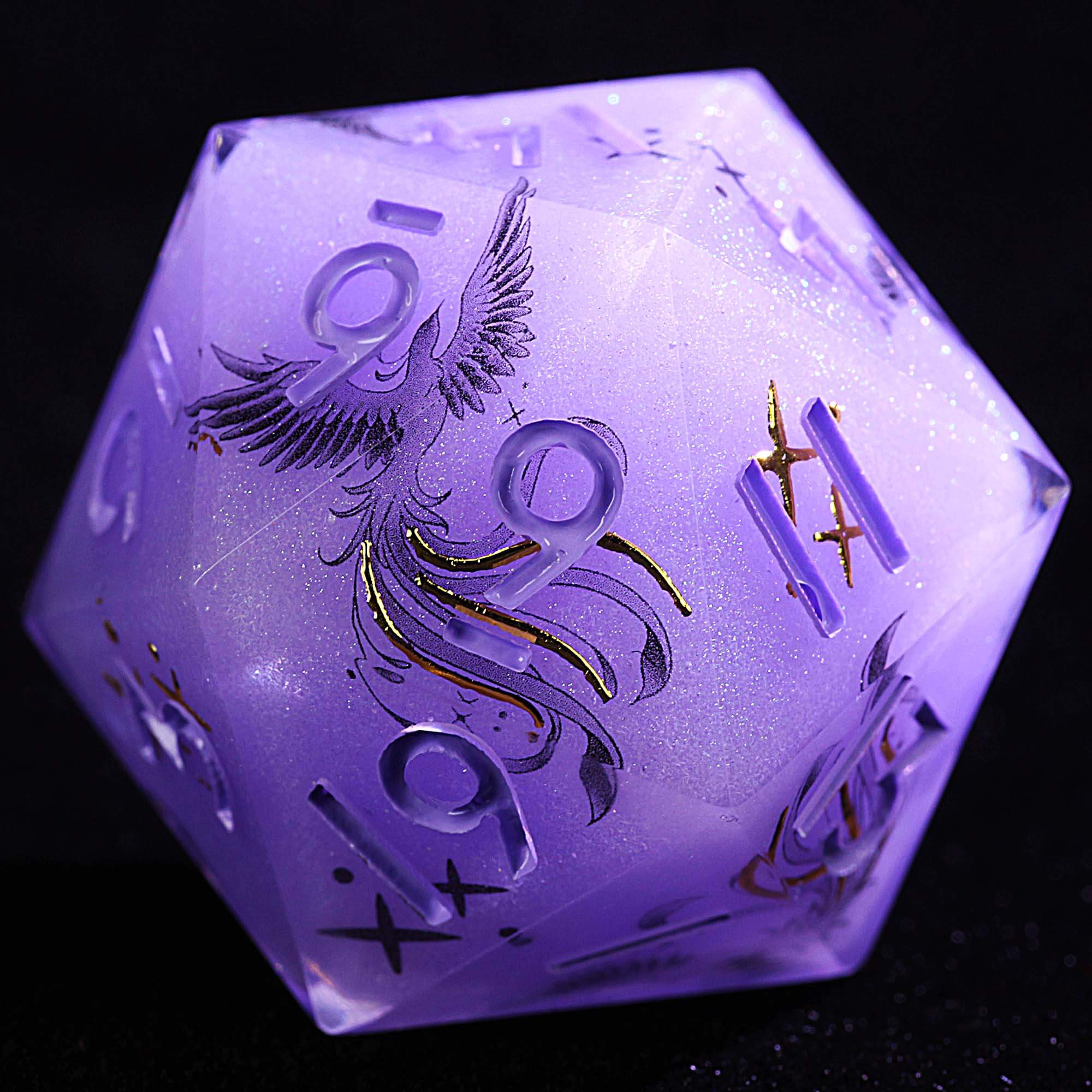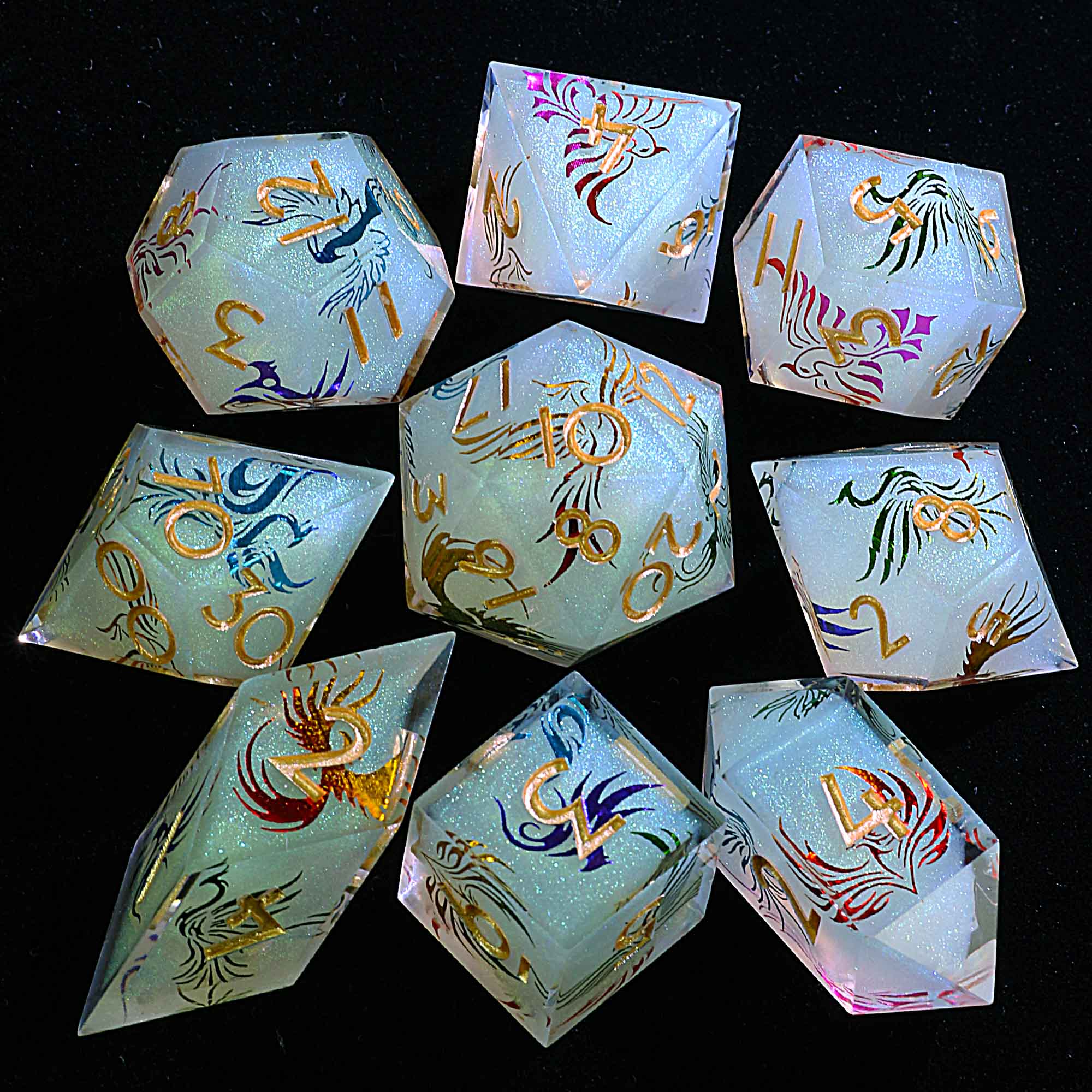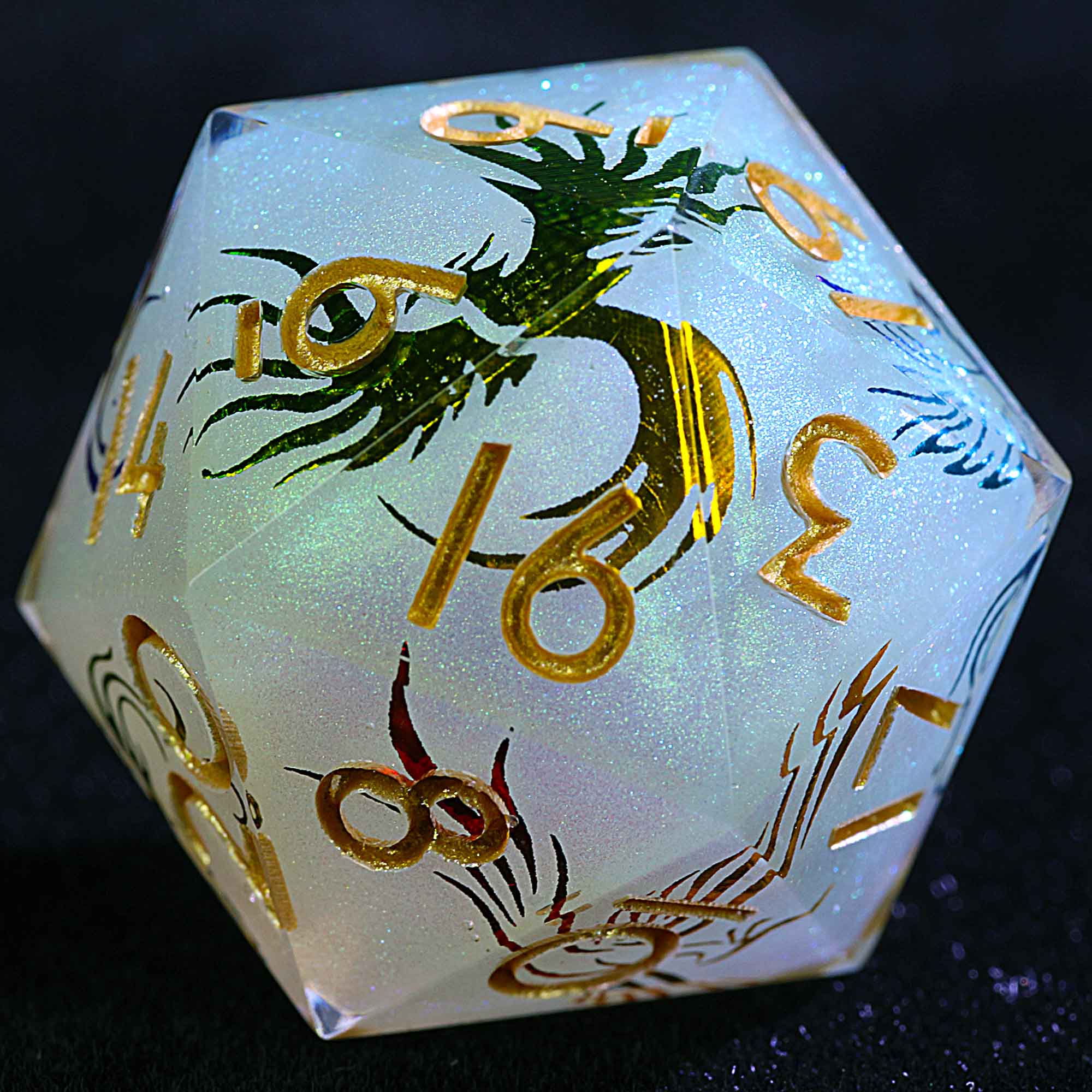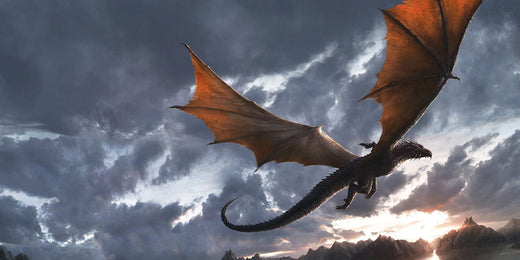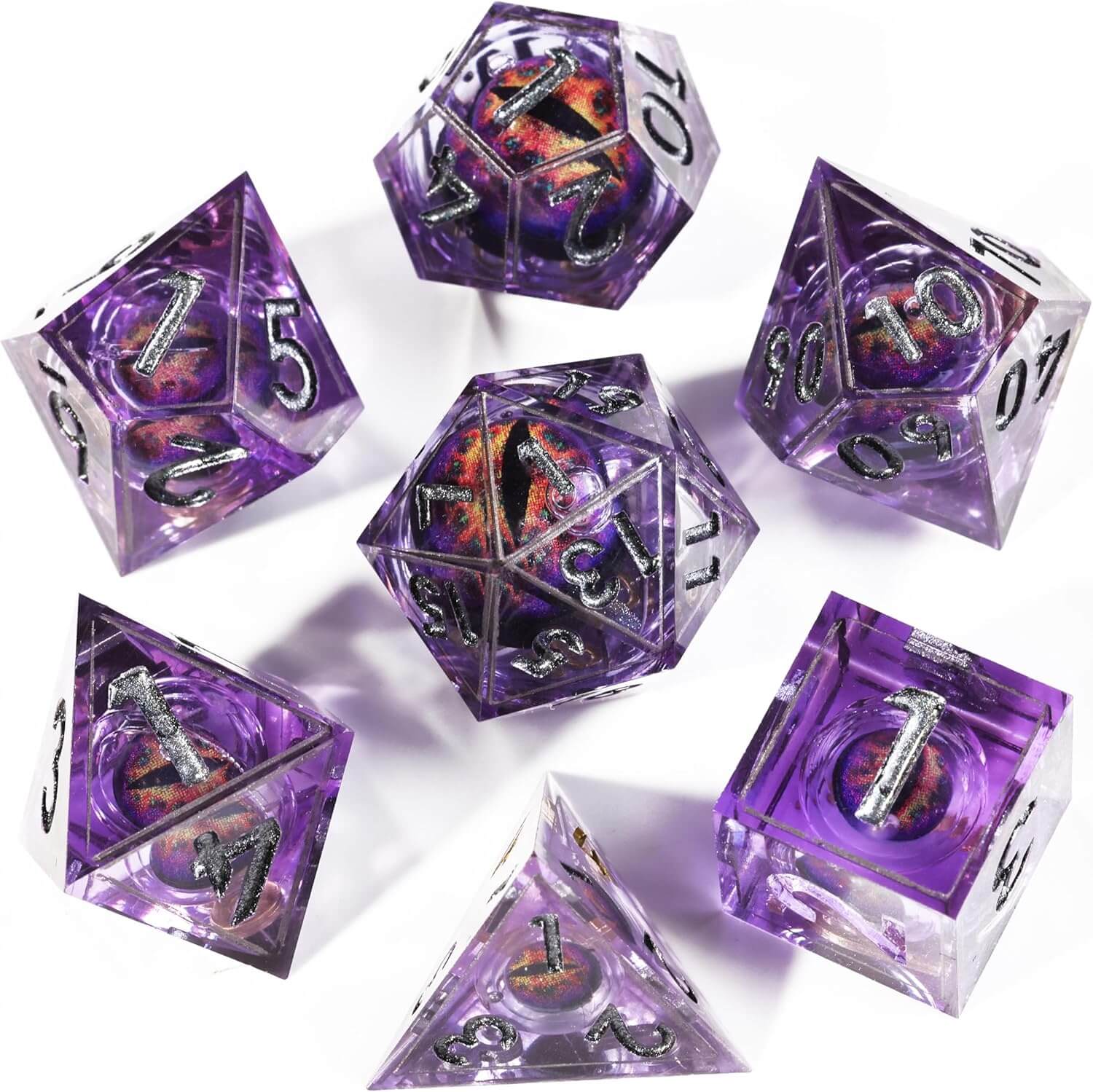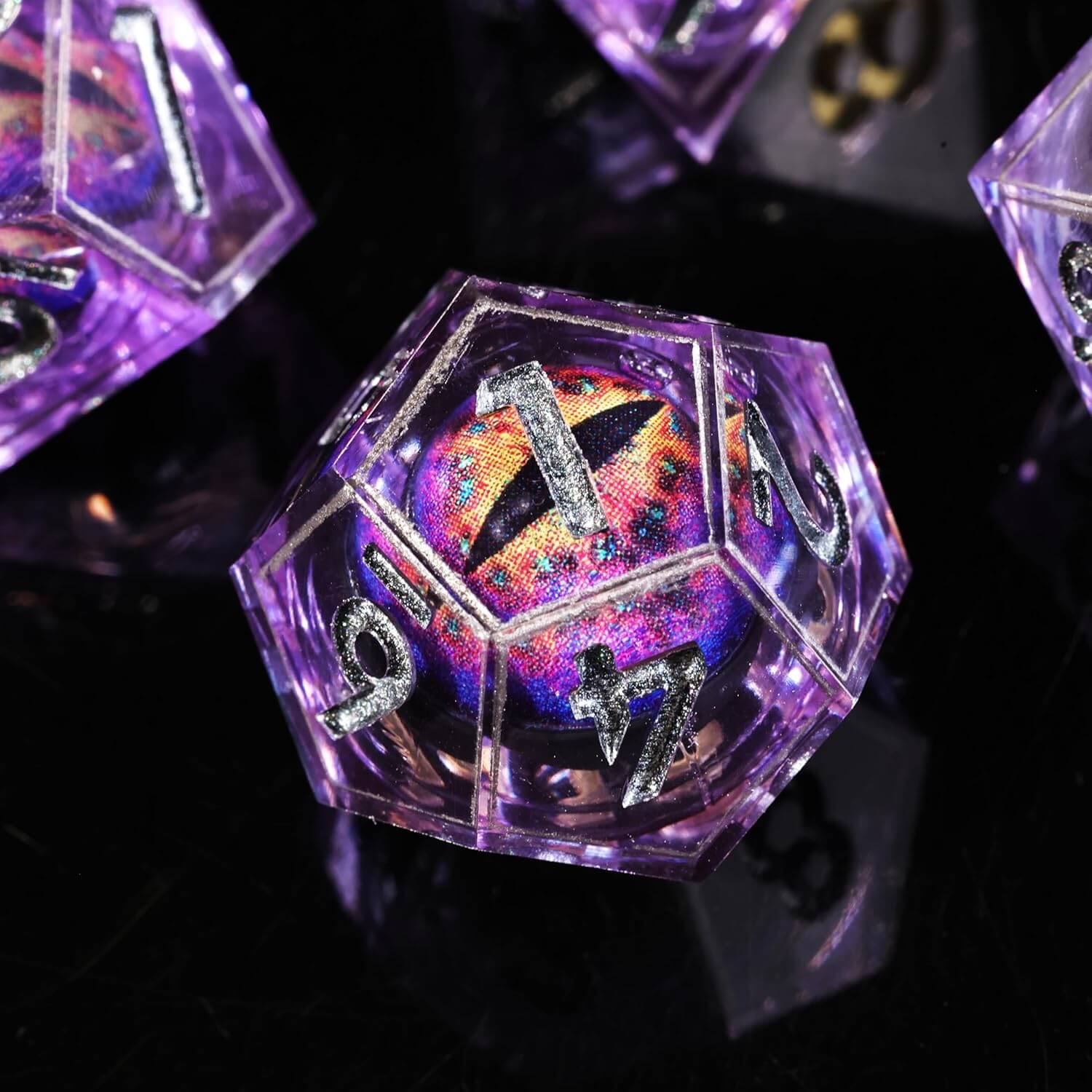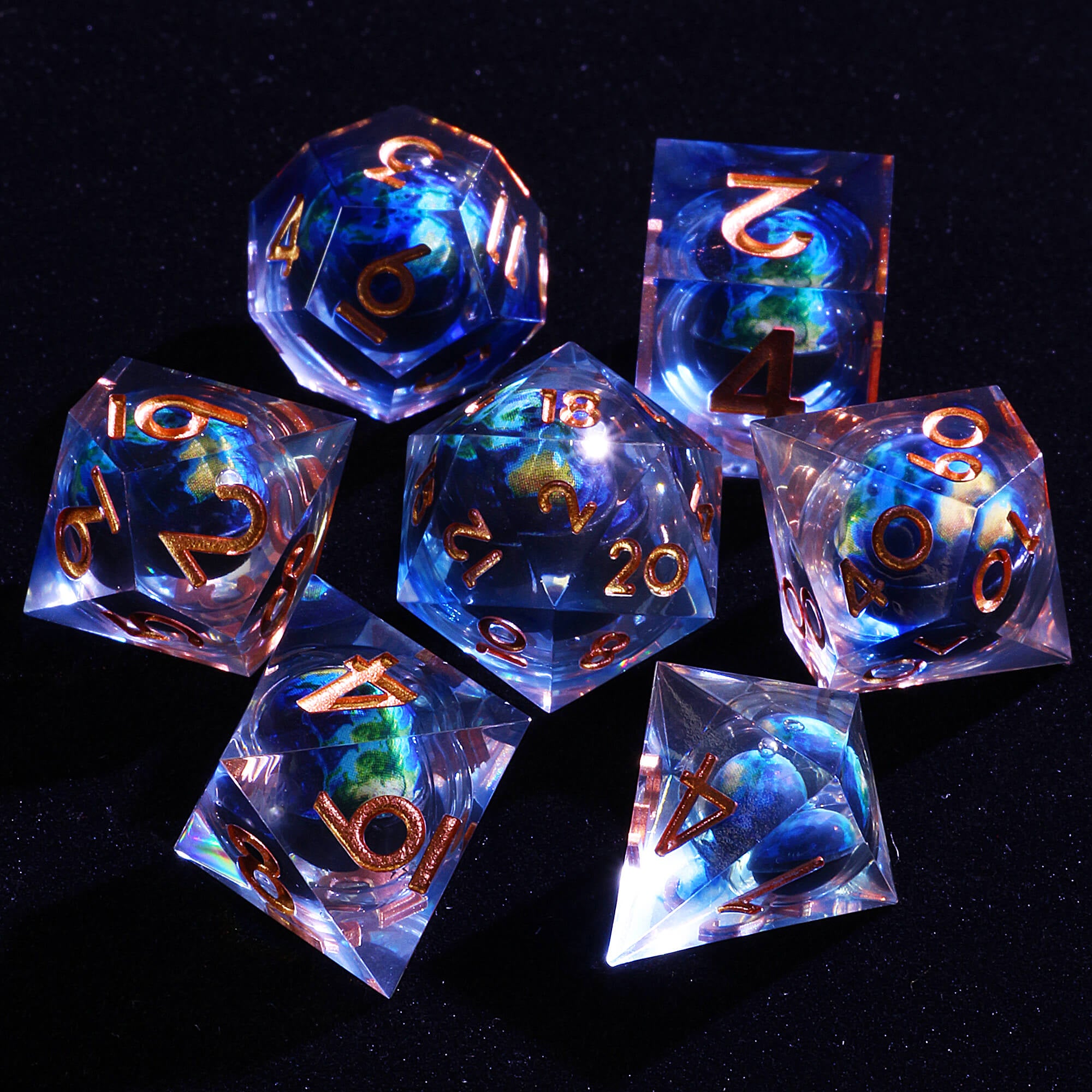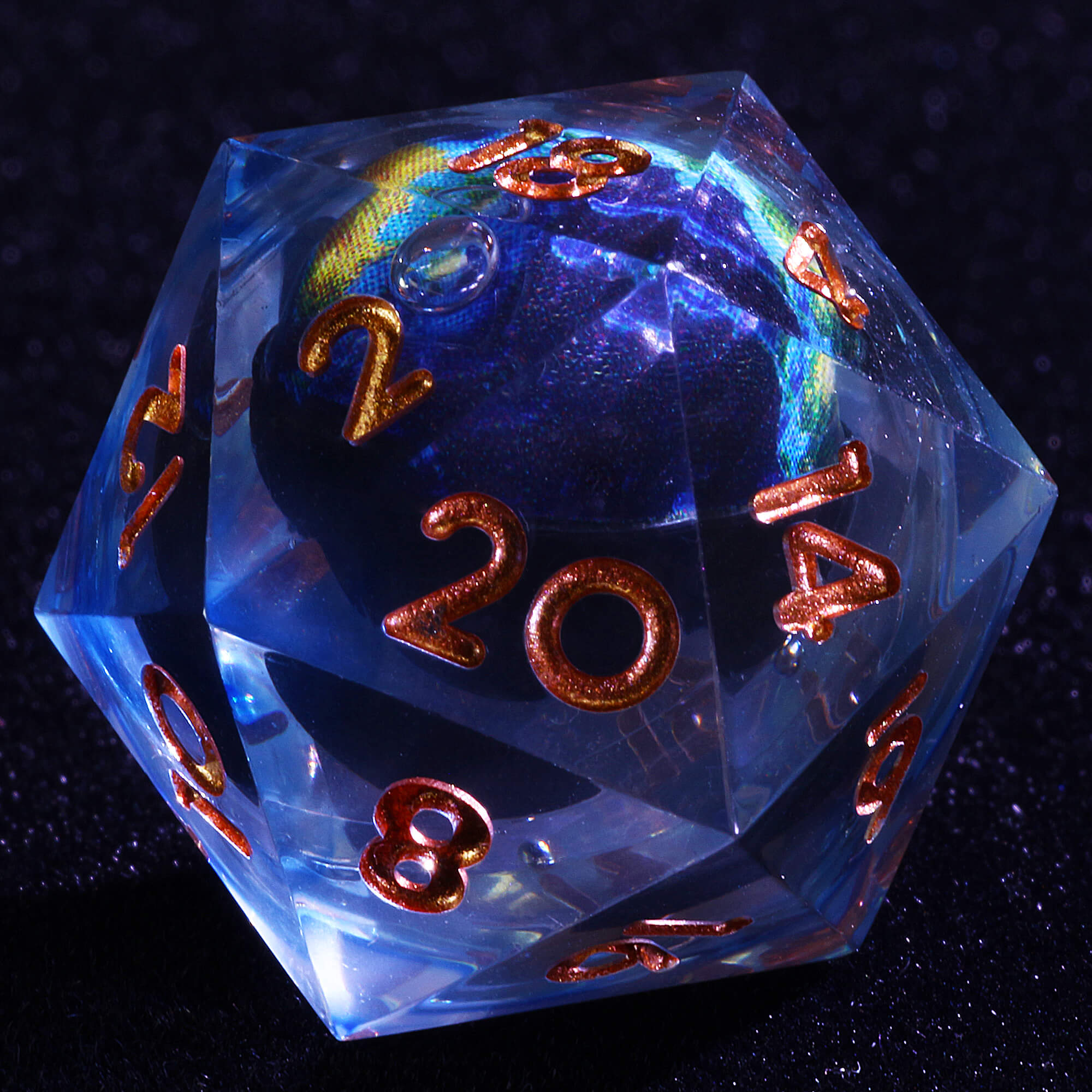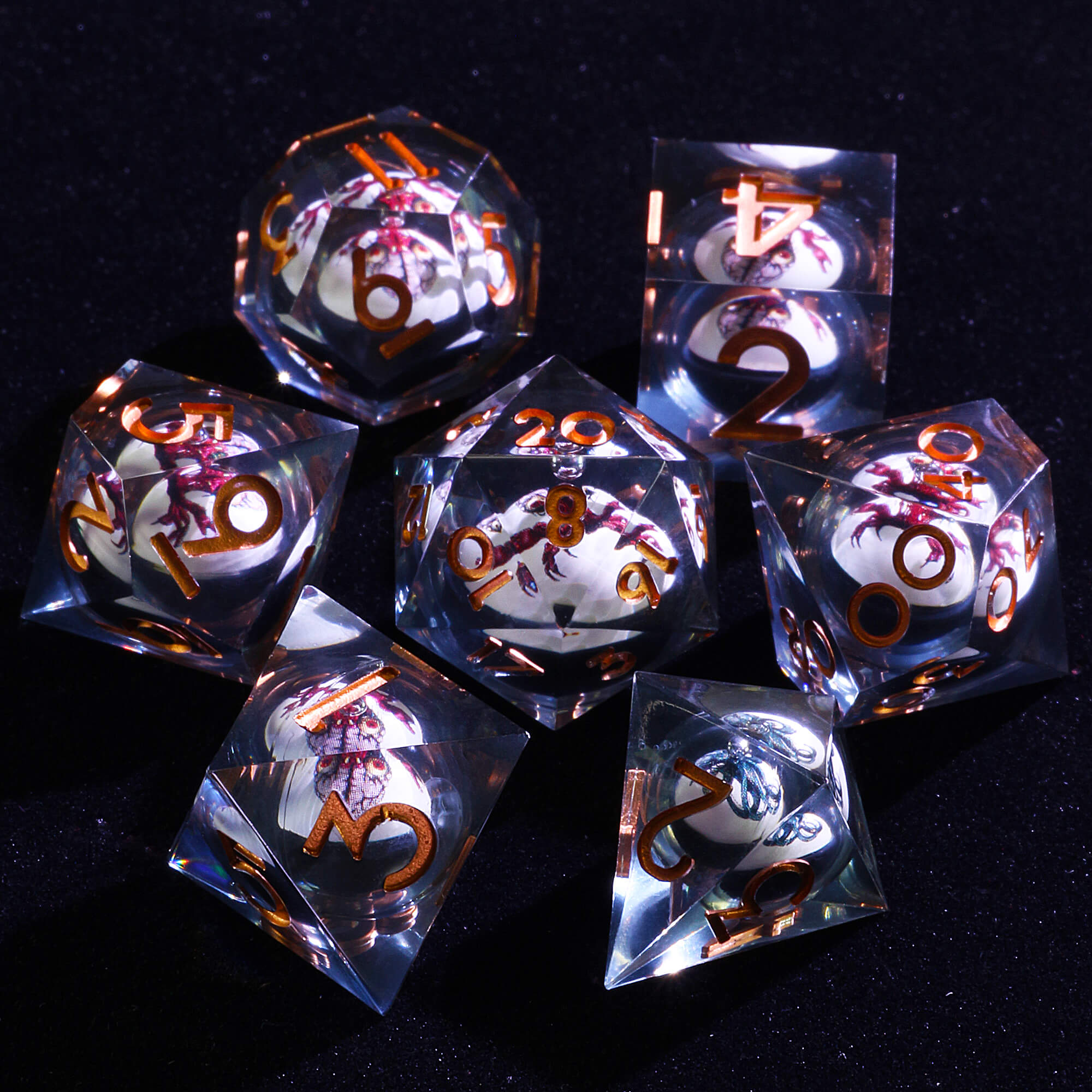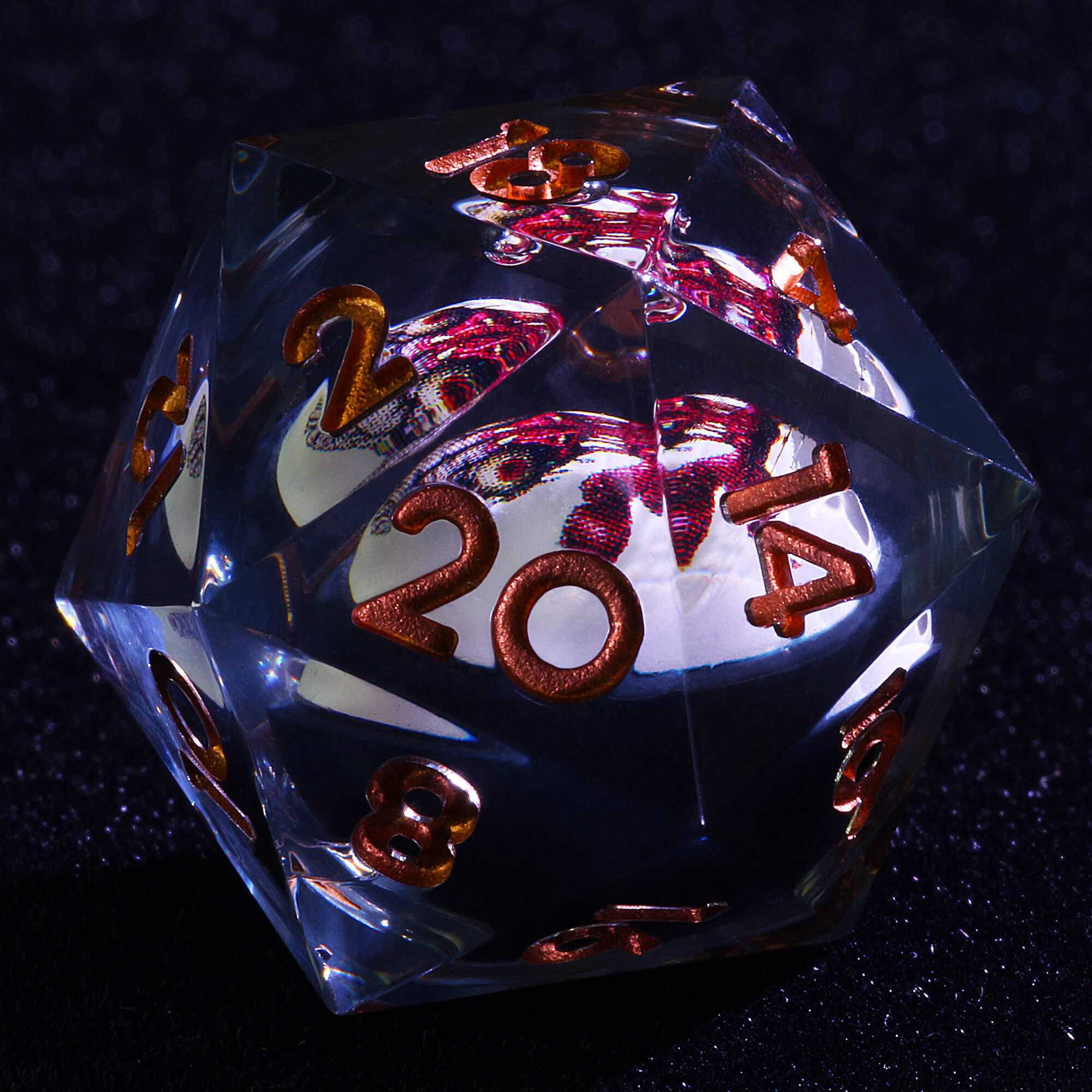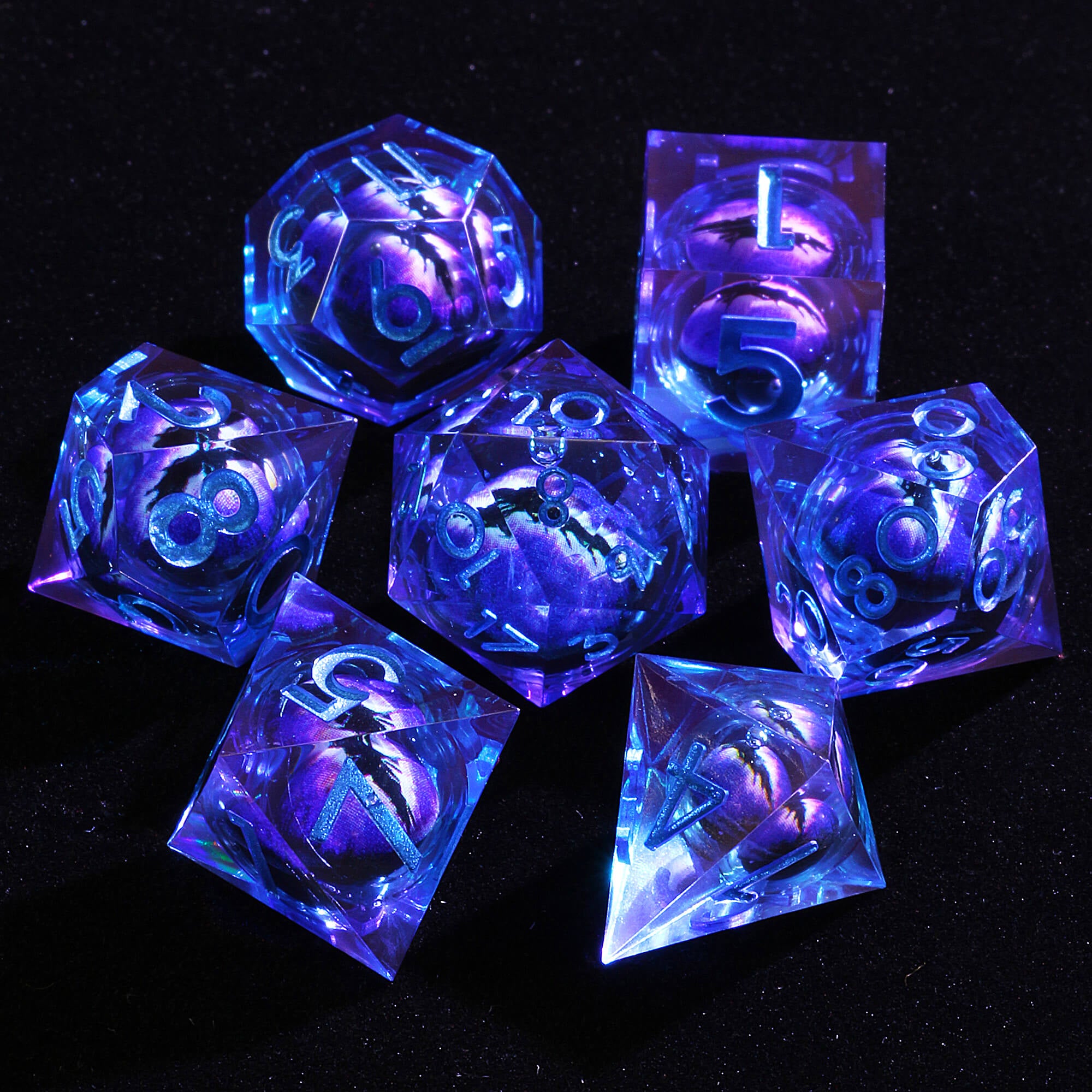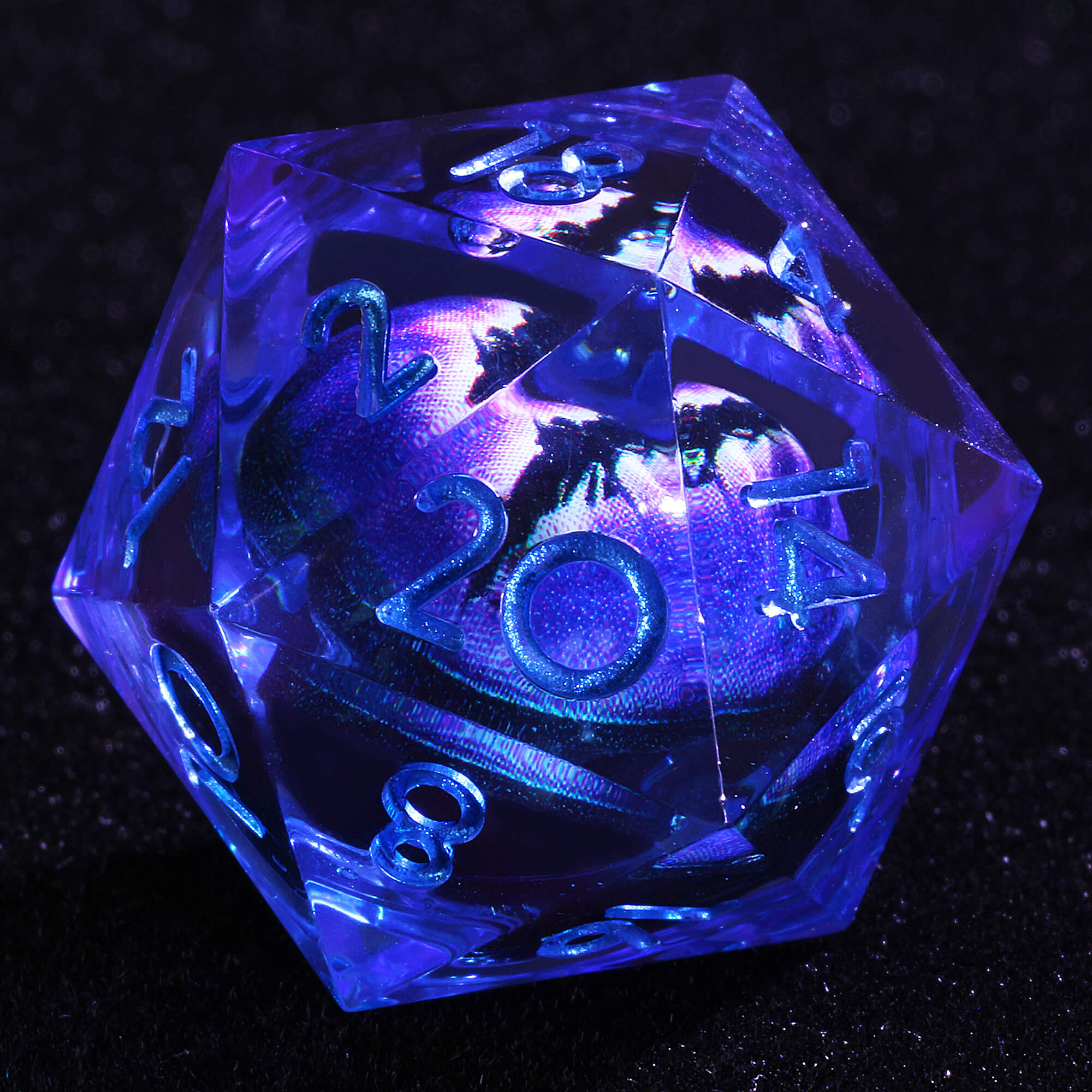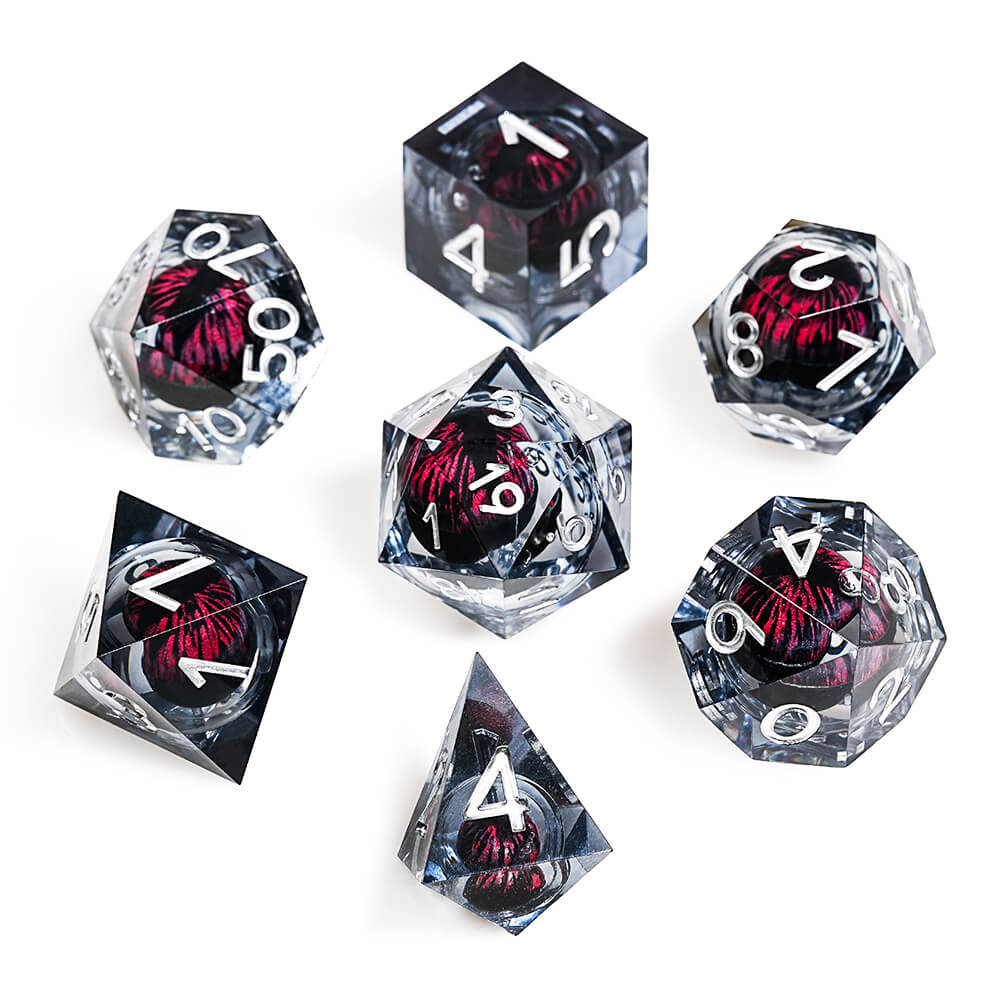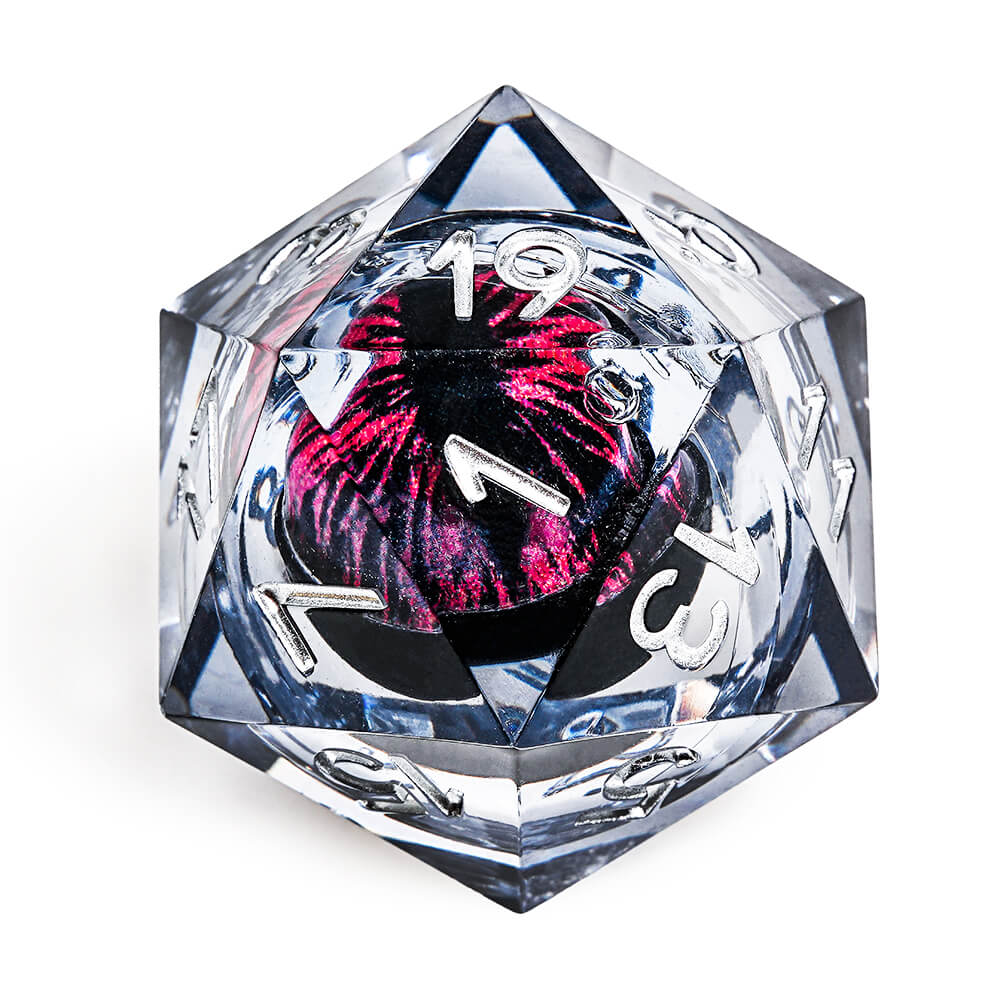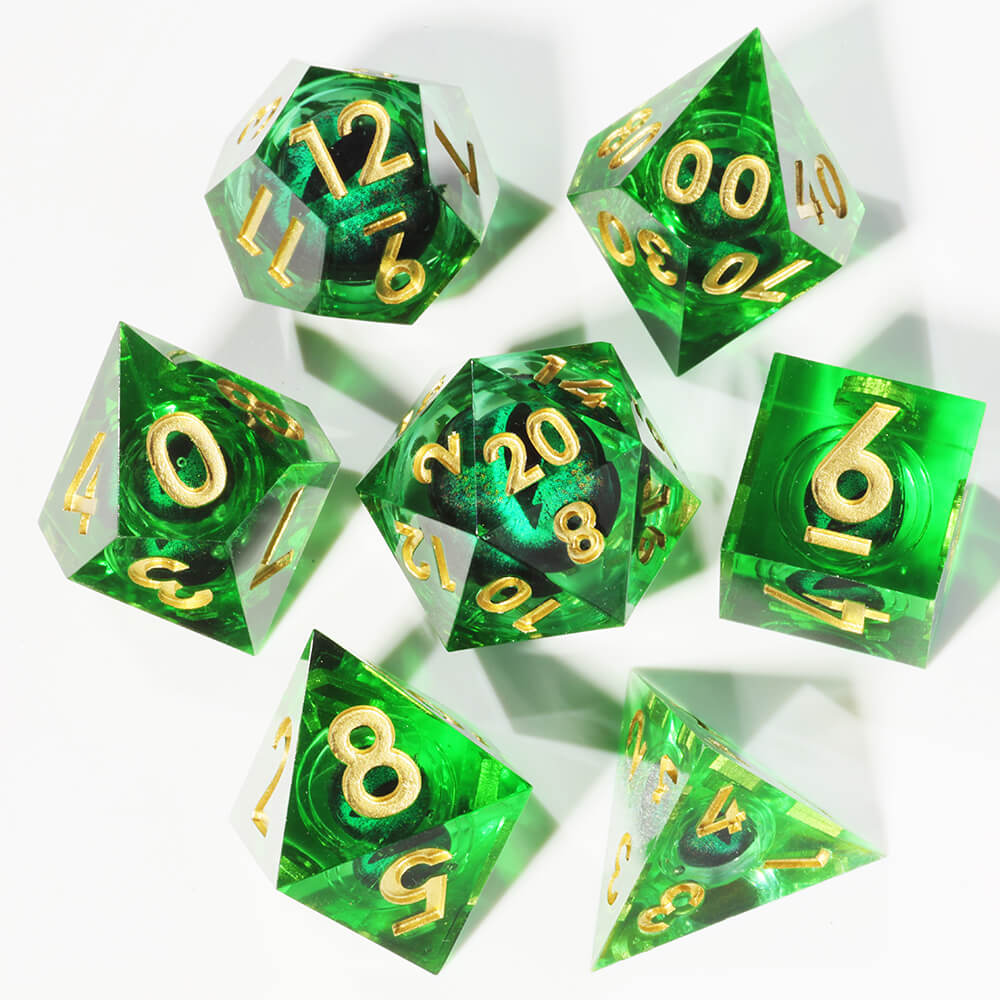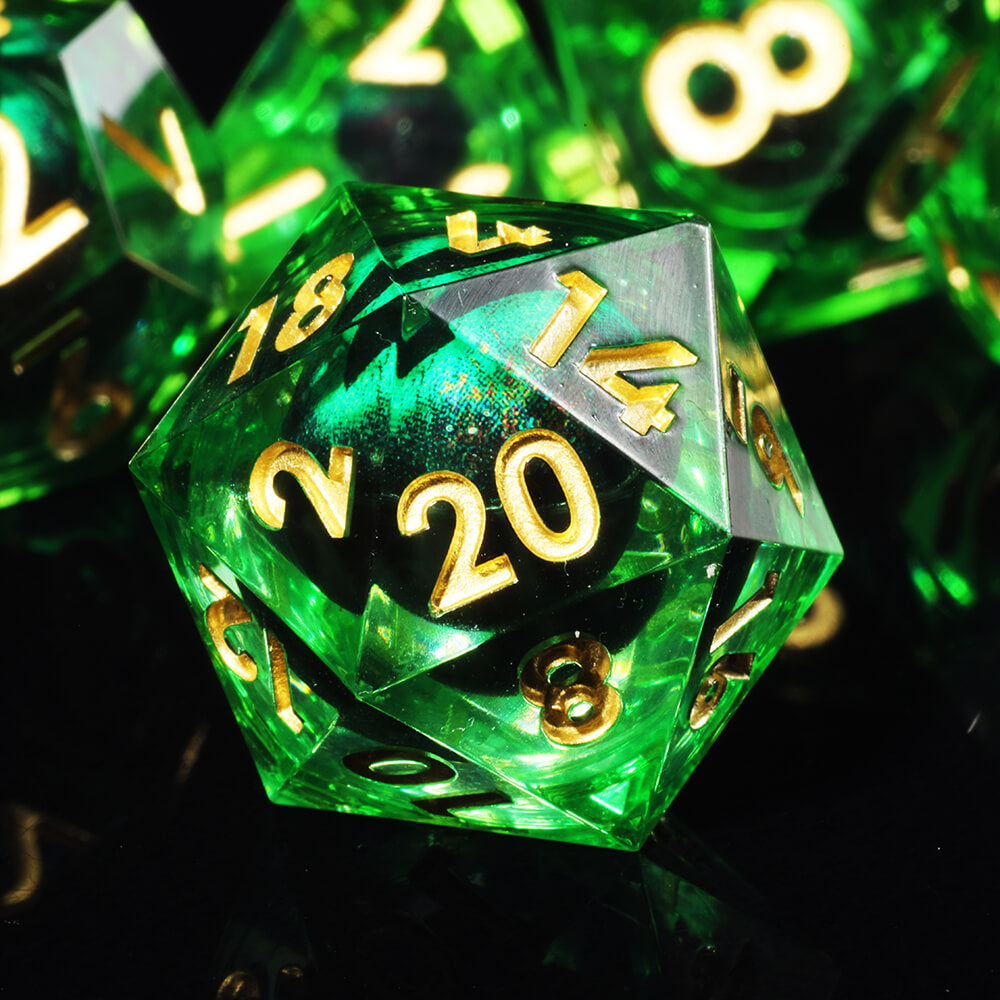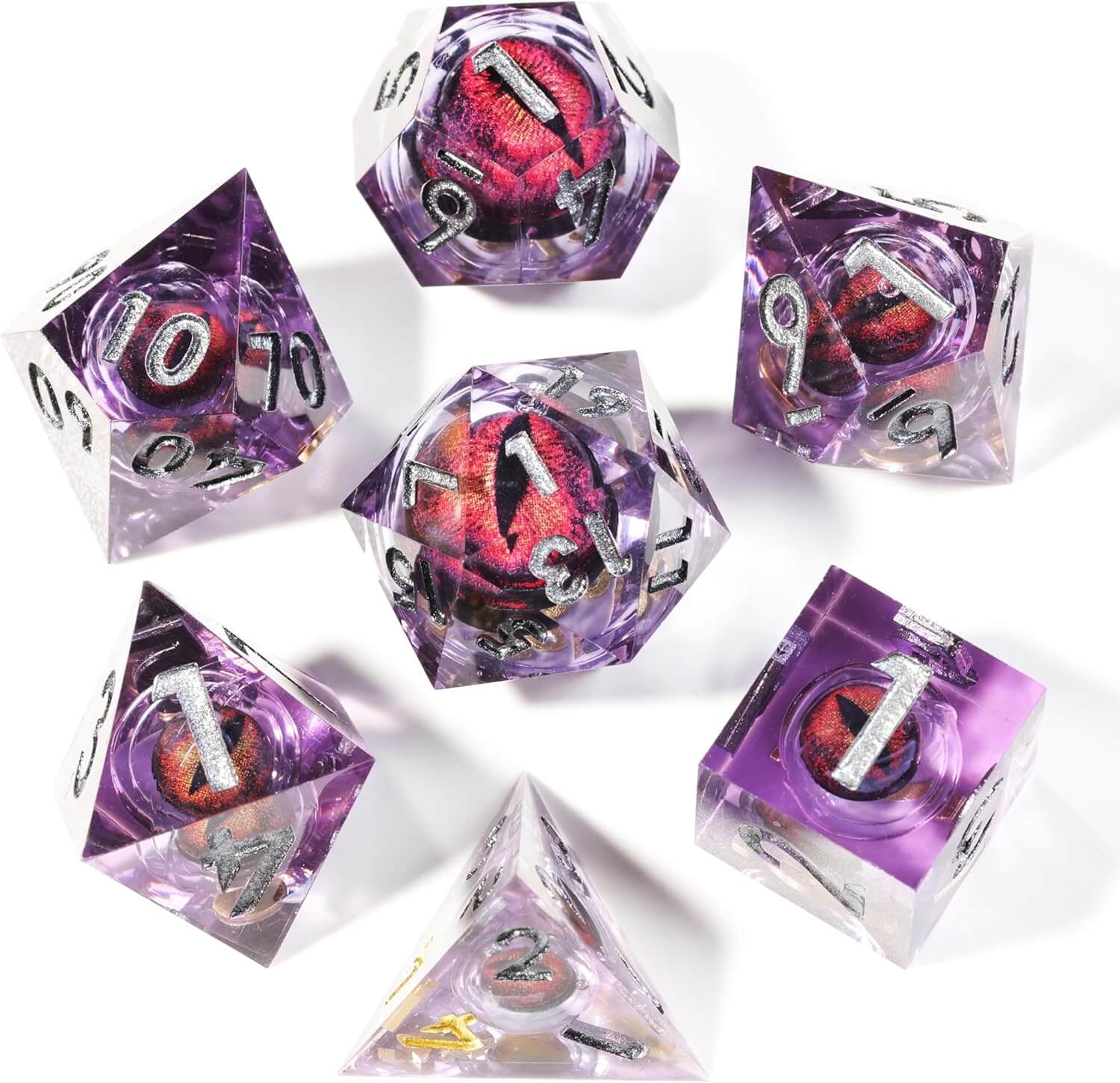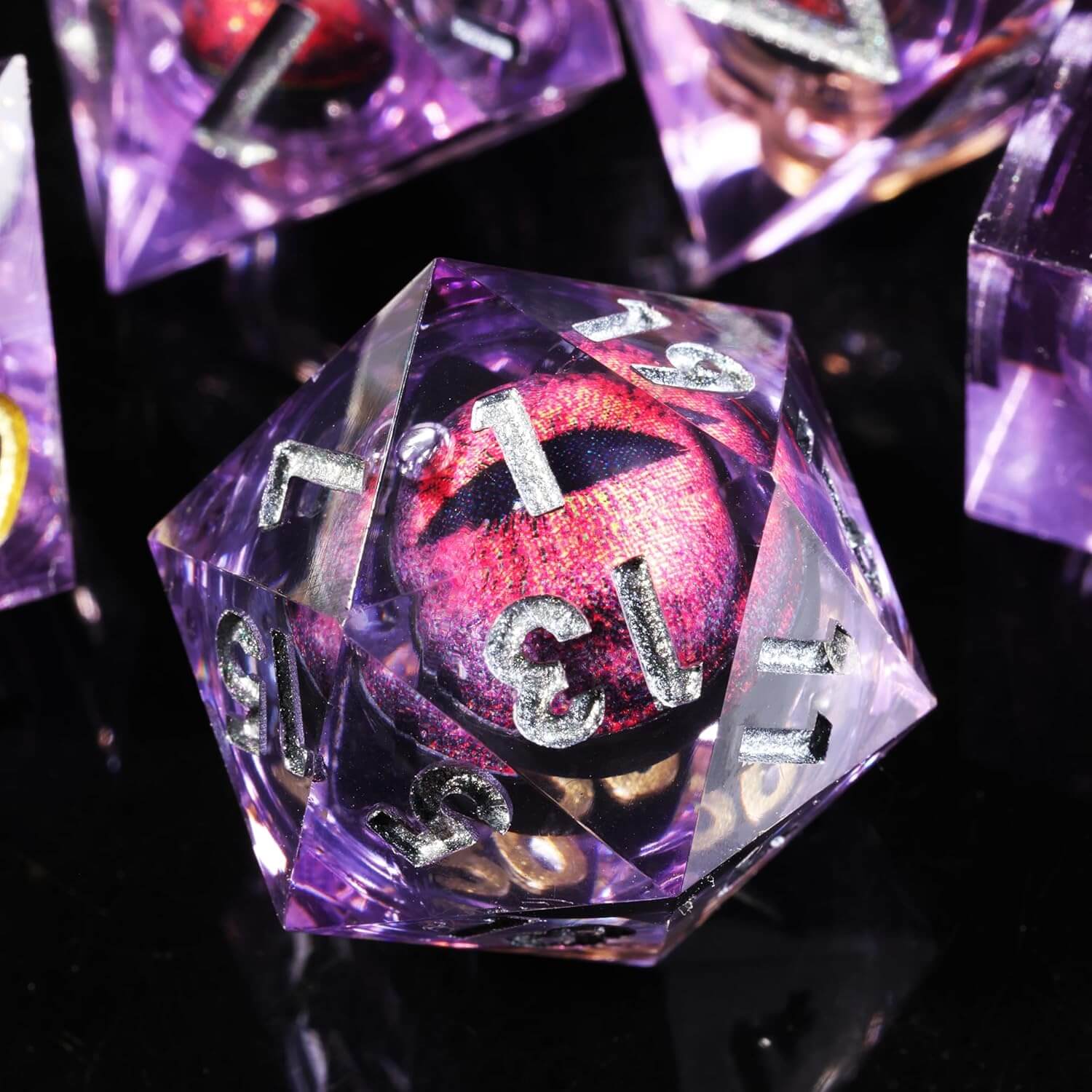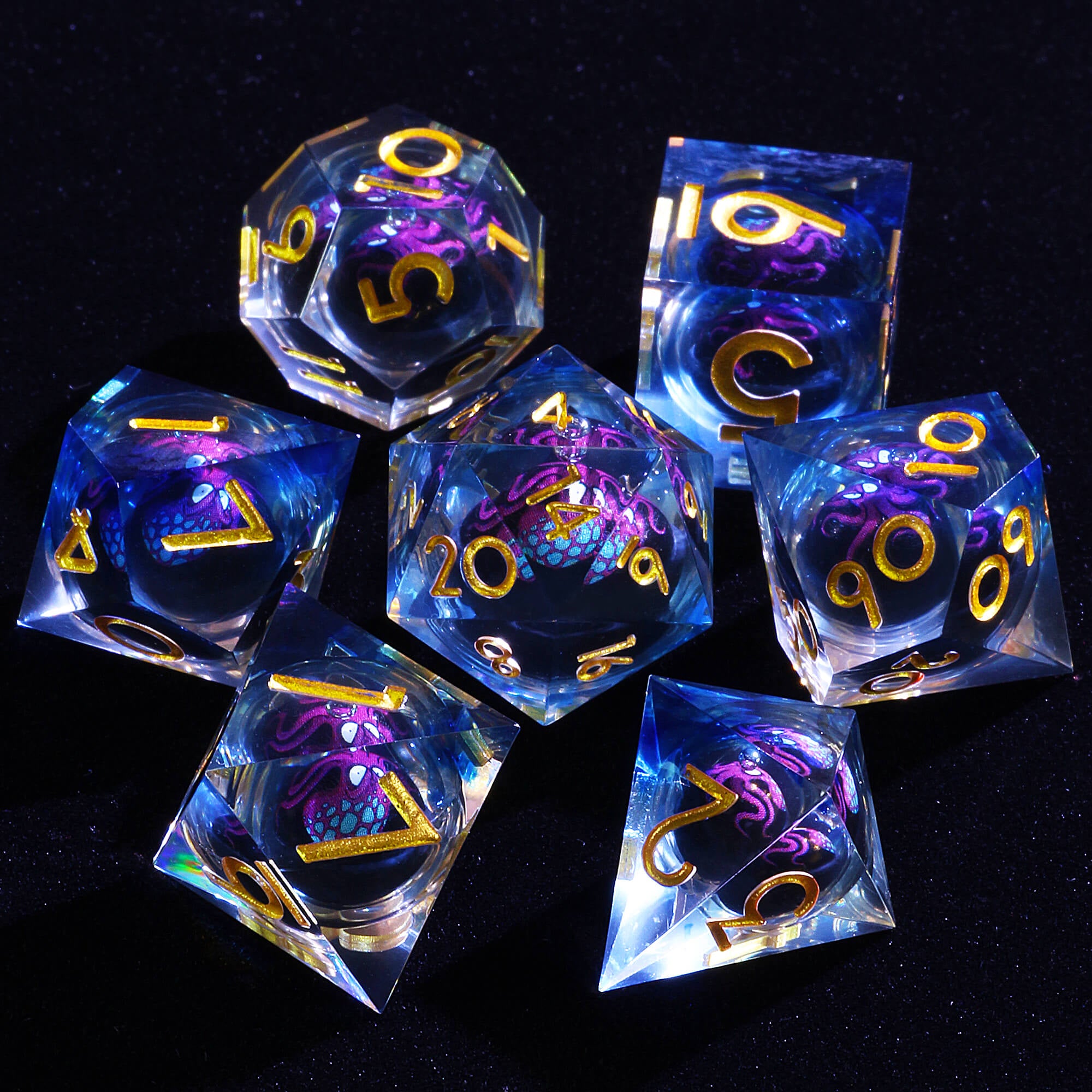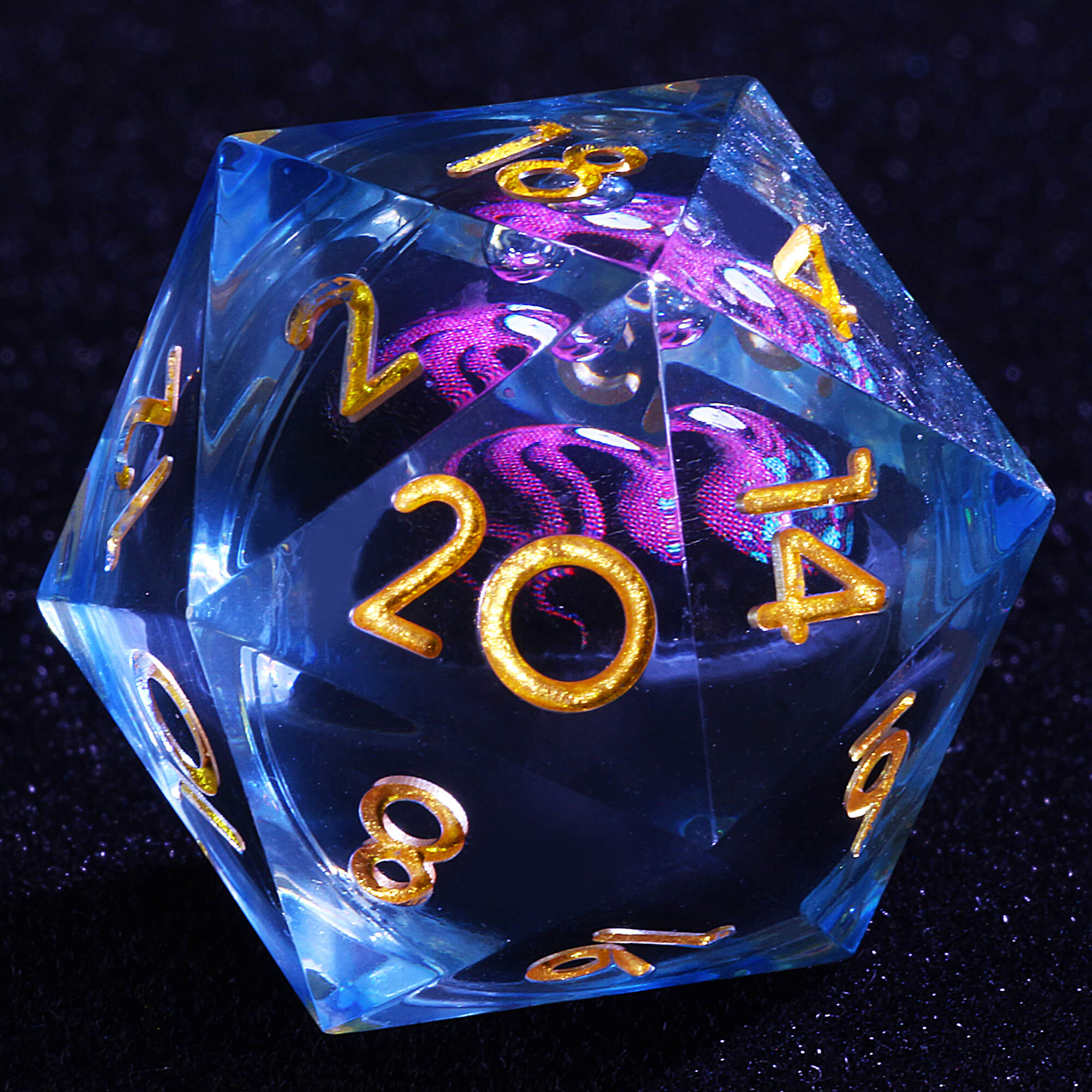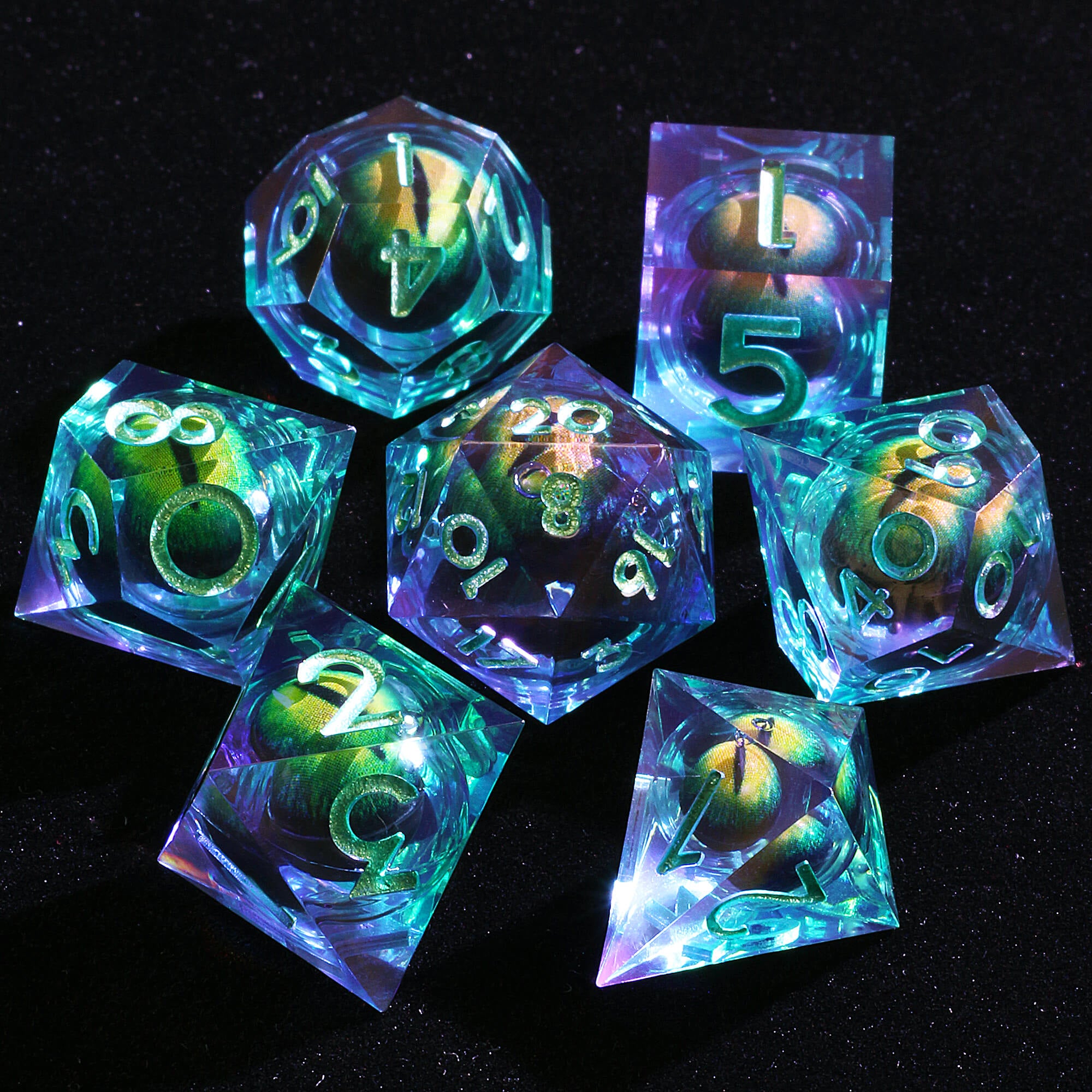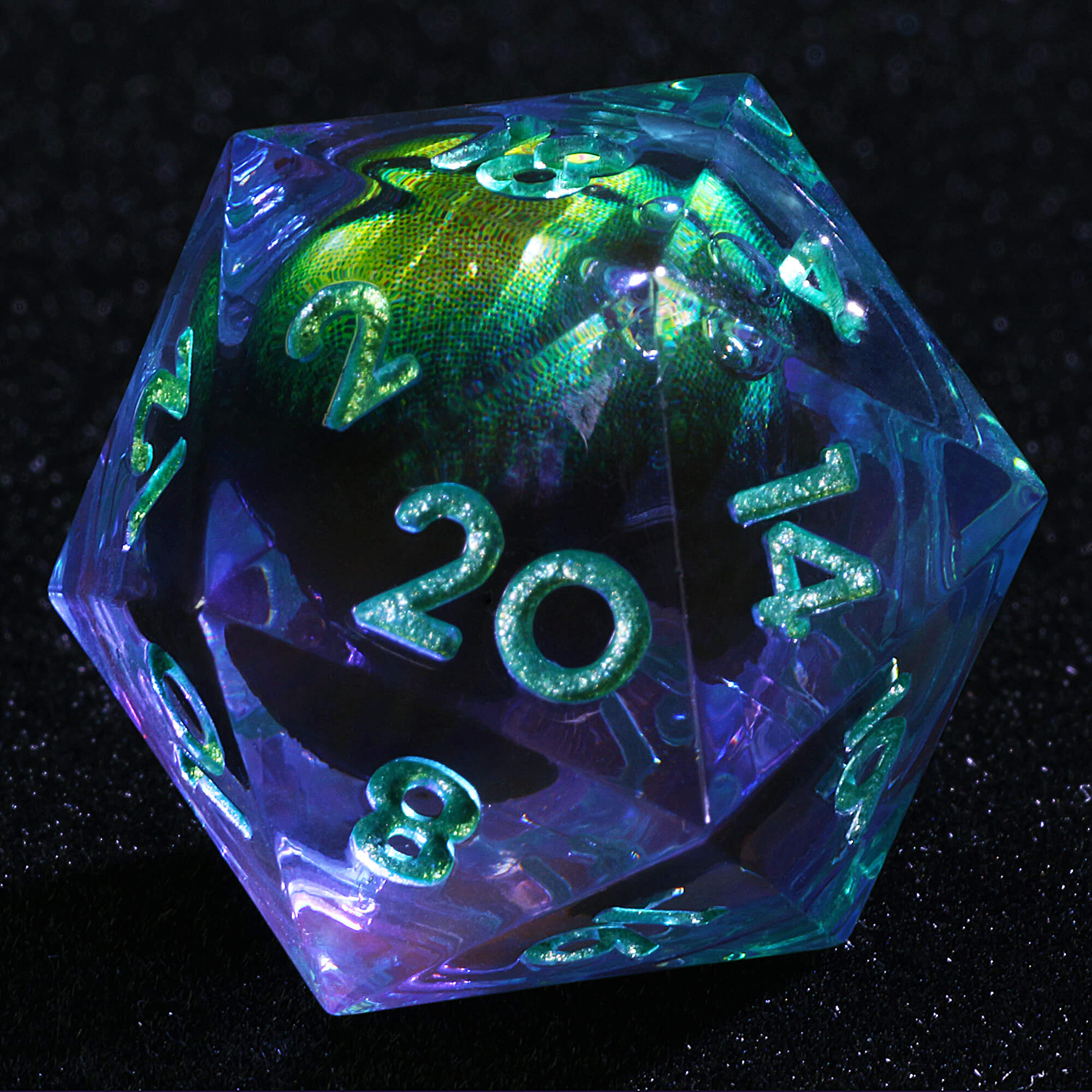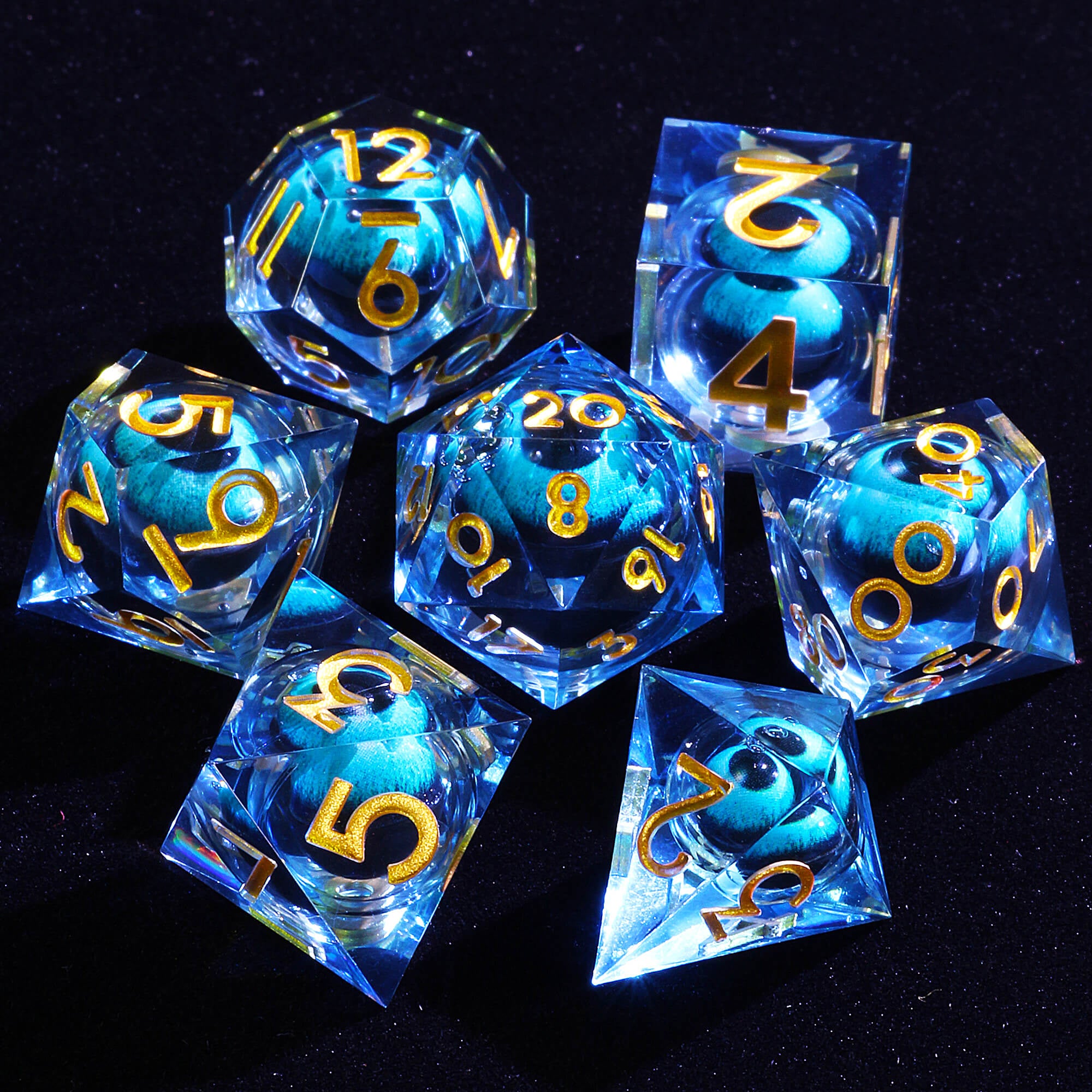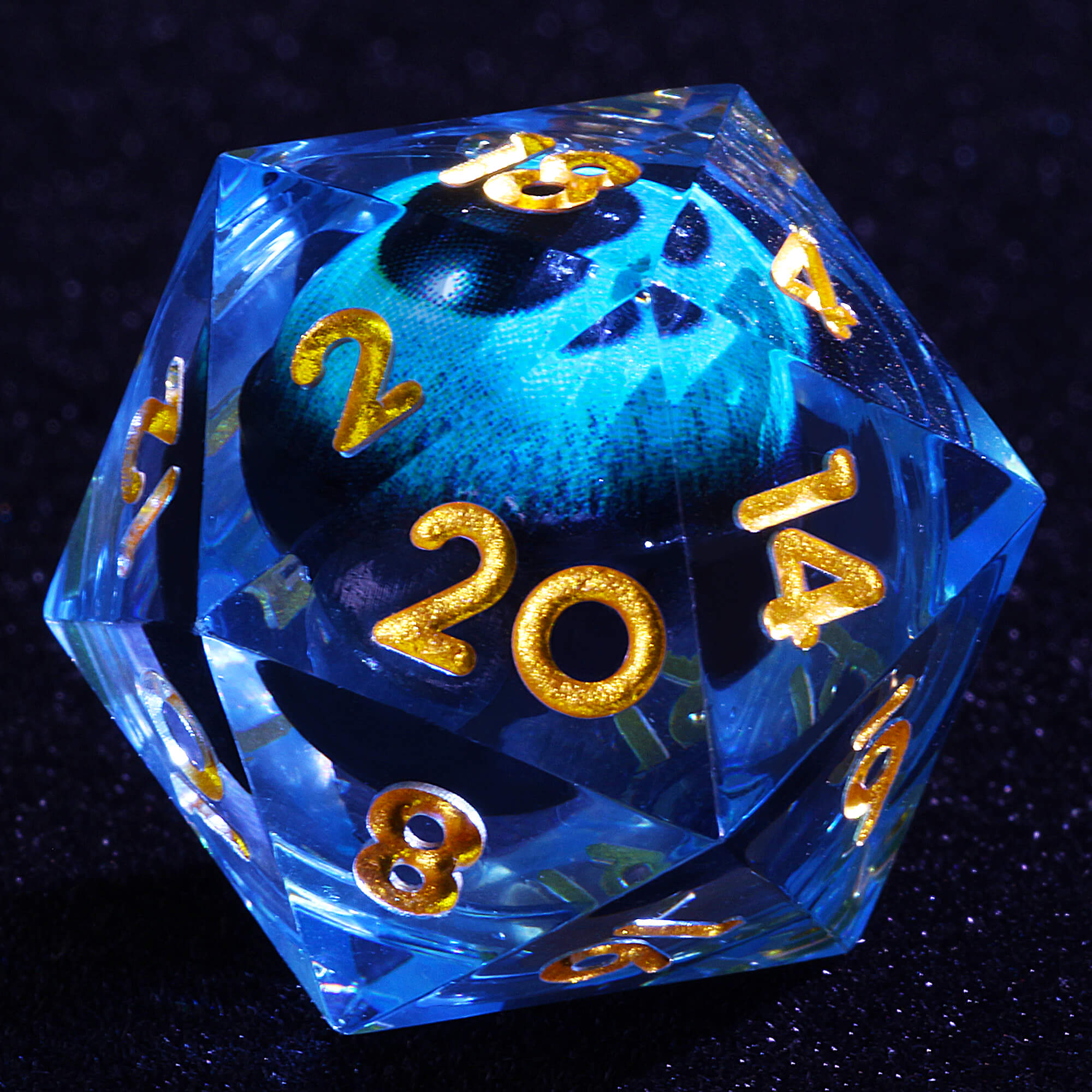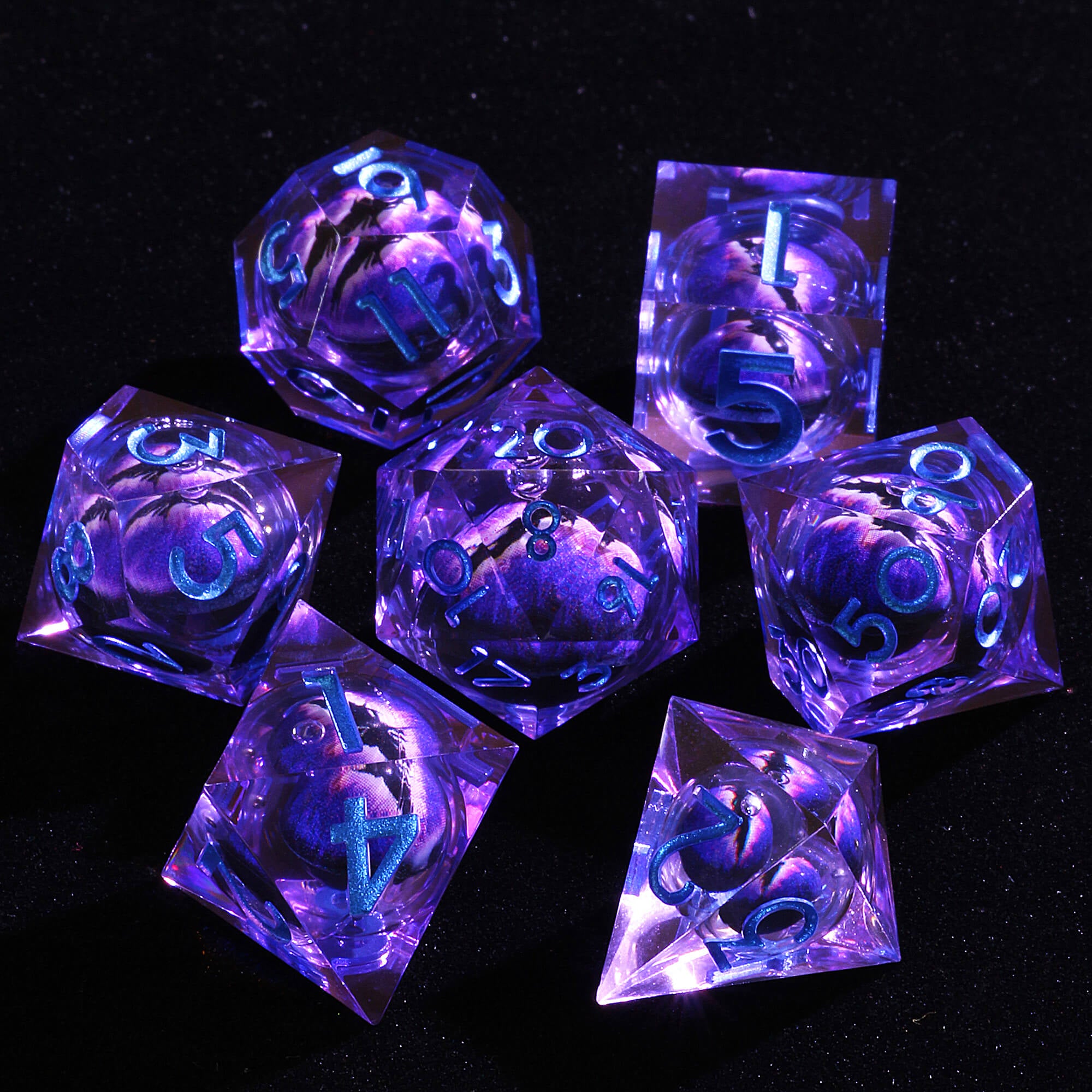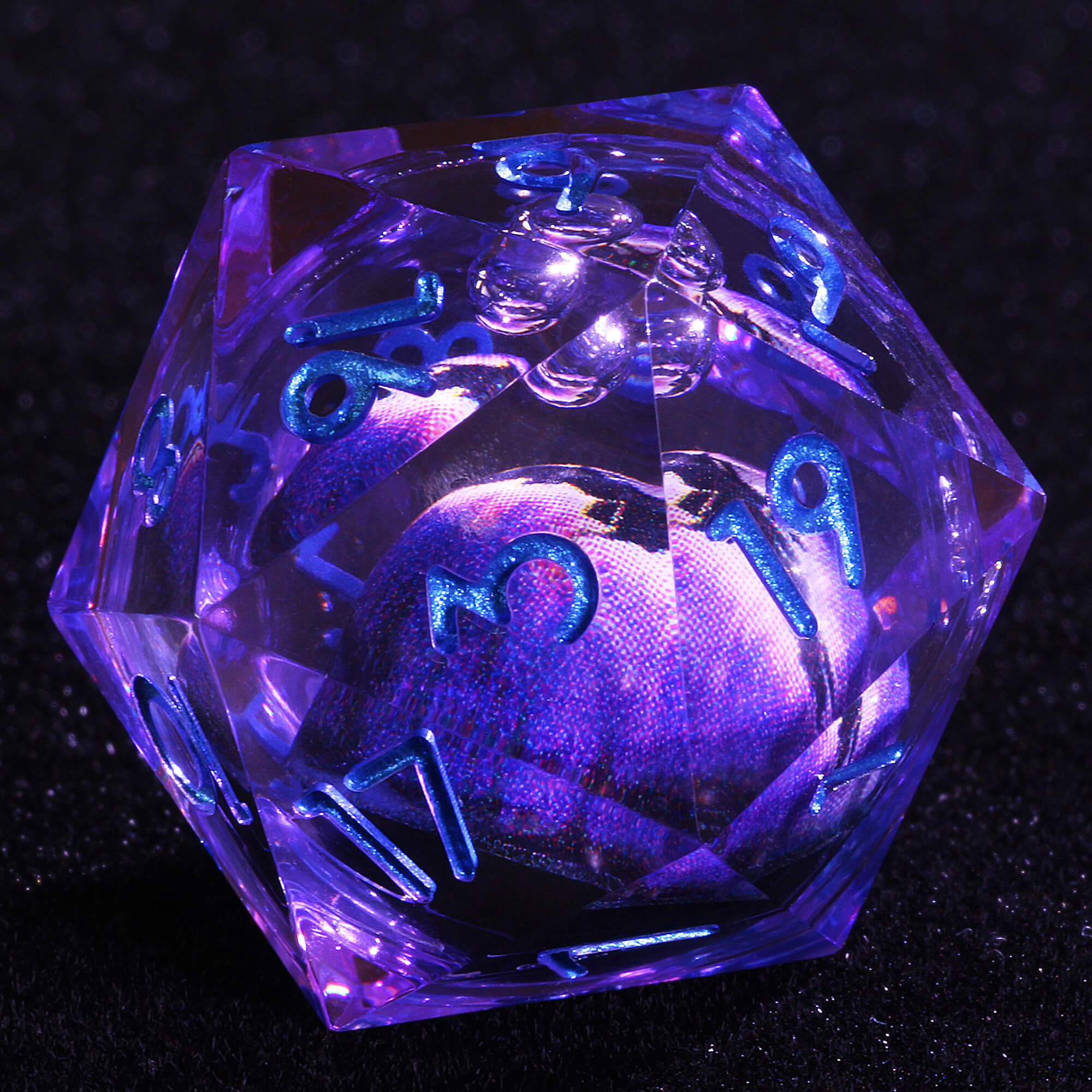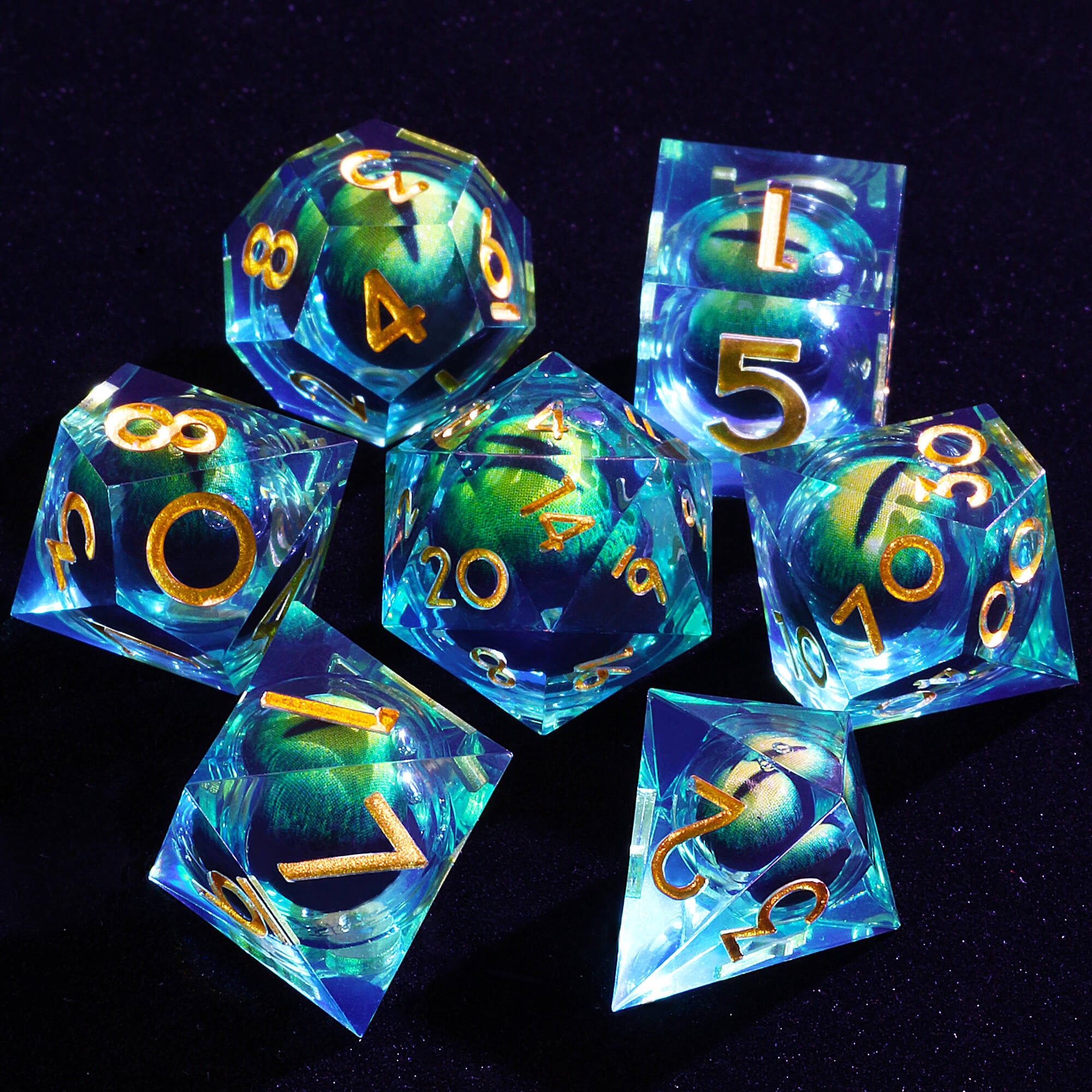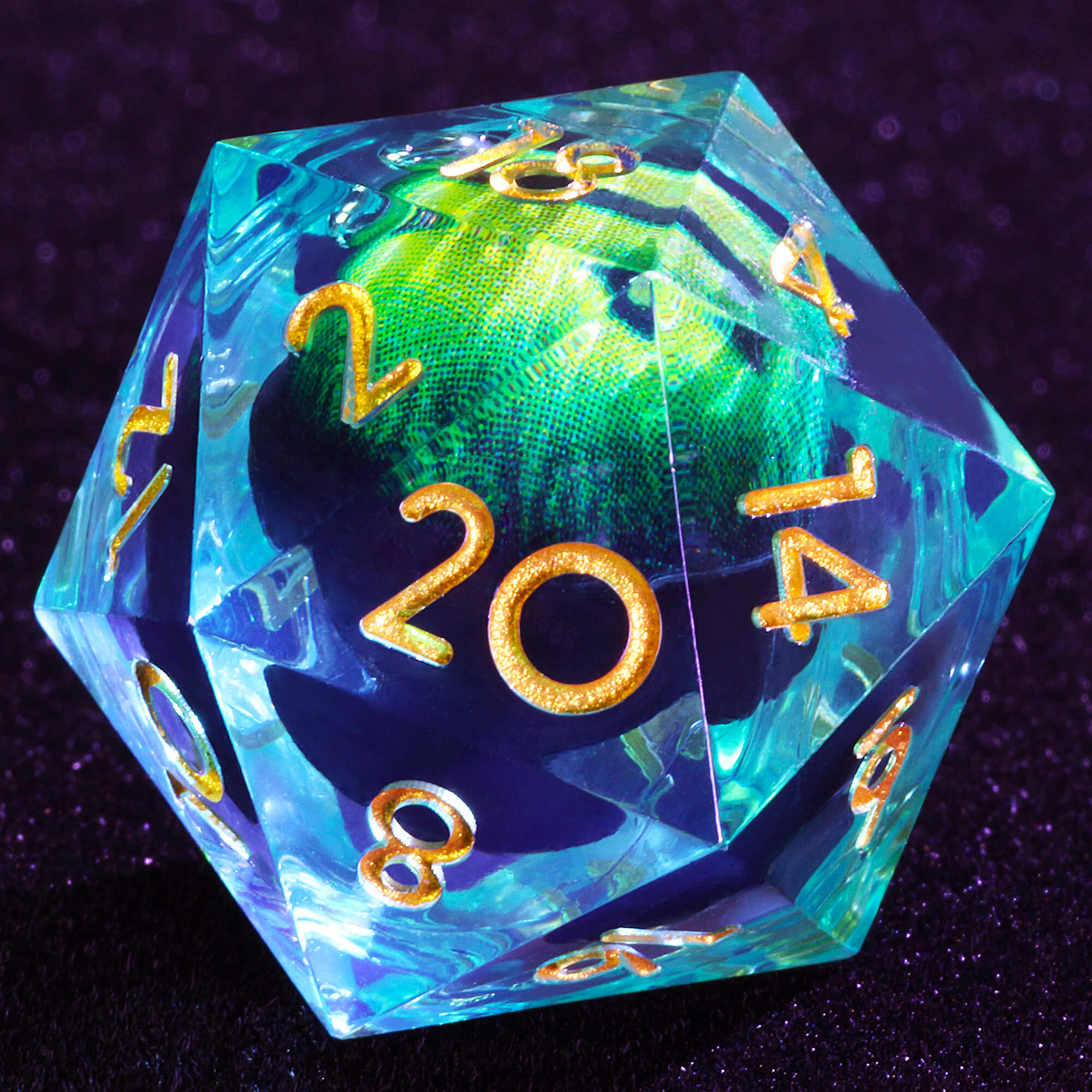When most people think of mythical creatures, dragons often steal the spotlight. But lurking in the shadows of dragon lore is another winged beast: the wyvern. Frequently mistaken for dragons, wyverns are fascinating creatures with unique traits, myths, and misconceptions. In this blog, we'll explore the truth behind these misunderstood monsters—debunking common myths and uncovering fun facts that might surprise you!
Introduction: Meet the Wyvern!

Setting the Scene: Wyverns, often misunderstood and overshadowed by their more glamorous cousins, dragons, are far from ordinary beasts. While dragons rule the skies with fire and intellect, wyverns bring chaos through speed, agility, and venom. But despite their absence of breath weapons and large hoards, wyverns have earned their spot in D&D lore as one of the game's most unpredictable and deadly creatures.
Why It Matters: According to Dungeons & Dragons lore, wyverns are not just scaled-down dragons. They serve a unique purpose in the game as a formidable mid-tier threat. They appear in over 40 D&D sourcebooks, from Volo's Guide to Monsters to The Monster Manual, showing their enduring presence in the campaign world. While they lack dragons' intelligence, they more than makeup for it with deadly instincts and agility.
Wyverns vs. Dragons: What's the Difference?

Anatomy of a Wyvern: Wyverns might look similar to dragons at first glance but are quite distinct. The main difference lies in their limbs: wyverns have two hind legs, while dragons have four limbs (two legs and two front limbs). This anatomical difference affects their mobility and fighting style, as dragons can perform more versatile actions like spellcasting or gripping objects. Wyverns, however, are built for speed and aerial agility. Their wings are far more developed for flight, allowing them to dominate the skies.
A Wyvern's Poisonous Sting is another distinguishing feature that gives them an edge in combat. Unlike dragons, which rely on their breath weapons, wyverns can incapacitate their foes with venom that deals ongoing damage, potentially making them deadlier in prolonged combat situations.
Dragon Envy: Wyverns, despite their prowess, often face comparisons to dragons, who are generally considered the "cooler" creatures. However, wyverns compensate for their lack of fiery breath with speed, venom, and aerial superiority. According to D&D statistics, wyverns have an Armor Class of 13. They can hit up to 110 HP, making them a significant mid-tier adversary. Not bad for a creature that's "not quite a dragon"!
Wyvern Abilities and Traits

Stat Breakdown: Let's dig into the numbers. Wyverns may not have the complex magic of dragons, but their physical stats are nothing to sneeze at. As per D&D Beyond, wyverns are equipped with:
- Armor Class (AC): 13 (natural armor)
- Hit Points (HP): 110 (12d10 + 48)
- Speed: 20 ft., fly 80 ft.
Flying at 80 feet per round gives wyverns an incredible advantage in combat. They can take the high ground, strike with their poisonous sting, and retreat before the enemy can react. Their venomous tail strike alone is a game-changer, dealing poison damage over time.
Humorous Twist: While dragons boast fireballs and ancient breath weapons, wyverns only need one thing: a tail that could knock out an entire party if they're not careful. You should leave the dragon-slaying to someone else!
Wyverns in Combat: Aerial Menace

Combat Strengths: Wyverns are the undisputed kings of aerial combat. Their agility and speed are their greatest assets, making them formidable foes in open-air battles. According to The Monster Manual, wyverns utilize hit-and-run tactics, swooping in to deal devastating poison damage before retreating to higher ground. Their venomous tail strikes and ability to attack twice per round (bite and sting) make them a deadly duo in any skirmish.
In battle, wyverns typically make use of their aerial advantage. They can attack with the element of surprise, dive in, strike, and retreat, making them harder to hit and harder to counter. Their flight allows them to control the battlefield in ways that dragons can't.
Weaknesses: However, wyverns aren't invincible. Their lack of intelligence means they often dive into battle without a clear strategy. Per Volo's Guide to Monsters, wyverns are instinctive creatures that crafty adventurers can trick or lure into traps. Their lack of front limbs and absence of a breath weapon means they can't engage in long-range attacks, which limits their versatility in battle.
Wyverns as Adversaries

Role in Campaigns: Wyverns serve as excellent mid-tier adversaries for Dungeon Masters. They can function as random encounters and mini-bosses, providing a tangible challenge without overwhelming lower-level adventurers. One of their most notable traits is their unpredictability, which makes them ideal for DMs looking to add an element of surprise to their campaigns.
Example Encounter: Imagine a group of adventurers tracking a wyvern for days, only to realize it has been using the high cliffs around the town to its advantage. They must now navigate the treacherous terrain while dealing with the wyvern's aerial attacks. As noted in The Dungeon Master's Guide, wyverns are perfect for these encounters, where environment and elevation play key roles.
Adventure Ideas:
- Wyvern-Hunting Party: The players are hired to track down a wyvern attacking local villages. They must locate its lair, avoid traps, and defeat the creature before it can strike again.
- Rescue Mission: A wyvern kidnapped a noble and taken to its lair atop a towering mountain. The players must navigate dangerous terrain and deal with the wyvern's aerial dominance.
Wyverns as Pets (Yes, You Read That Right)

Tame a Wyvern? Is taming a wyvern a realistic possibility? According to The Monster Manual, taming any dangerous beast requires time, patience, and a bit of luck. While wyverns are not inherently loyal, some DMs have allowed players to tame and ride them (for a hefty price, of course). The creature's instincts will always be a challenge, but the payoff is worth it—imagine having a wyvern as a mount during your next battle!
Player Tips:
- Be Prepared for Tail Whipping: A wyvern's tail is deadly. One wrong move, and you could be sent flying.
- Trust Issues: Wyverns don't bond quickly, but you'll have a powerful ally once they do.
Wyverns in Popular Culture

How They've Evolved: Wyverns have been a part of folklore for centuries. Their depictions can be traced back to medieval European legends, where they were feared as aerial monsters. Over time, wyverns have evolved in pop culture, often appearing as the lesser cousins of dragons in fantasy settings. From Game of Thrones to The Hobbit, wyverns have made their mark as winged threats, though they rarely steal the limelight from dragons.
D&D Legacy: In the world of D&D, wyverns have cemented their place as a versatile, dangerous, and unique adversary. While dragons may steal the spotlight, wyverns play a key role in campaigns, providing players with the perfect challenge for mid-level encounters.
Fun Facts and Misconceptions

- Wyverns Have Poor Depth Perception Many think wyverns, being skilled aerial hunters, have perfect vision. In reality, their depth perception is often poor due to their eyes being positioned on the sides of their heads. This can cause them to miss targets when attacking from a distance or in the heat of battle.
- Not All Wyverns Have Poisonous Stingers While many Wyverns are venomous, not all have a stinger capable of delivering deadly poison. Some species rely on their claws and teeth instead, and their venomous cousins are often rarer or more elusive.
- Wyverns Aren't Always Aggressive Contrary to their reputation, wyverns are not always hostile. Some species are more territorial than aggressive, and if left alone, they will ignore intruders—unless provoked or threatened.
- Wyverns Can't Speak Unlike dragons, wyverns lack the intelligence to communicate in languages. Their vocalizations are limited to roars, screeches, and growls—nothing resembling speech. So, no, they can't negotiate or give you riddles!
- Wyverns Don't Breathe Fire A common misconception is that all dragon-like creatures can breathe fire. Wyverns, however, are not fire-breathers. They rely on physical strength and venom instead of elemental powers.
- They're Not Just "Mini Dragons" While they share some features with dragons, wyverns are their species. They have different biological structures and a more beastly, primal nature, while dragons often possess magical abilities and intelligence.
- Wyverns Prefer Solitude Though they may sometimes form small groups, wyverns are generally solitary creatures. They don't have complex social structures like dragons. When you spot one, it's probably alone—or guarding its territory fiercely.
- Their Wings Aren't Always Functional Some wyverns in colder climates have tiny or vestigial wings that they cannot use for flight. These wyverns are more adapted to land-based combat and often rely on their agility rather than aerial superiority.
- Wyverns Can Be Intelligent For Animals While they lack the brilliance of dragons, wyverns are still quite bright by animal standards. Some species can solve basic problems, like finding prey or navigating obstacles, though they're far from tacticians.
- Wyverns Don't Hoard Treasure Like Dragons Dragons are famous for hoarding massive piles of gold, but Wyverns are far less materialistic. They might collect shiny objects, but it's often more of an instinctual behavior to mark their territory rather than a love for treasure.
- Wyverns Are Fast, But Not the Fastest While wyverns are fast flyers, they are not the fastest in the skies. Some species, like griffons, can outpace wyverns in a straight flight due to their superior wing structure and agility.
- Wyverns Have Strong Parental Instincts Despite their beastly nature, they protect their young. Wyvern mothers will fiercely defend their nests, and some species even teach their offspring how to hunt before they fully mature.
- Wyverns Can't Be Tamed Easily Taming a wyvern is unlike dog adoption. Their wild nature and lack of intelligence make them challenging to train. Only the most skilled trainers—like experienced rangers or dragon riders—might attempt to tame a wyvern, and even then, it's a considerable risk.
- Wyverns and Dragons Are Often Confused Because of Their Wings The easiest way to tell them apart? Wyverns have two legs and two wings—dragons, on the other hand, often have four legs and two wings. So, if you encounter a "four-legged" dragon, it's probably not a wyvern!
- Not All Wyverns Are Lizard-Like Though wyverns are often depicted as reptilian creatures, some mythologies, and modern interpretations show them with bird-like features, especially their heads and claws. These wyverns have sharp talons and feathers, making them look more avian than draconic.
- Wyverns' venom Isn't Always Lethal Wyvern venom can cause paralysis, dizziness, and severe pain, but not all wyverns have venom that is fatal. Some varieties of wyvern venom only cause temporary weakness, making them dangerous but not always deadly.
Conclusion: Embrace the Wyvern
Why You Need a Wyvern in Your Campaign: Wyverns perfectly balance danger and excitement. Their aerial superiority and venomous attacks make them a unique and memorable challenge for adventurers. So whether you're facing one in battle or trying to tame it for your use, wyverns will leave a lasting impression on your campaign.
Looking for Your Next Dice Set?
Whether preparing for an epic battle with a wyvern or wanting to add flair to your next D&D session, a custom dice set can elevate the experience. Explore our collection of carefully crafted dice sets, each designed to enhance your adventures and bring your fantasy world to life. From shimmering resin dice to sturdy metal dice, our dice are as unique as the creatures you encounter. Ready to roll the dice on your next campaign? Visit our shop and find the perfect dice set to match your style!

